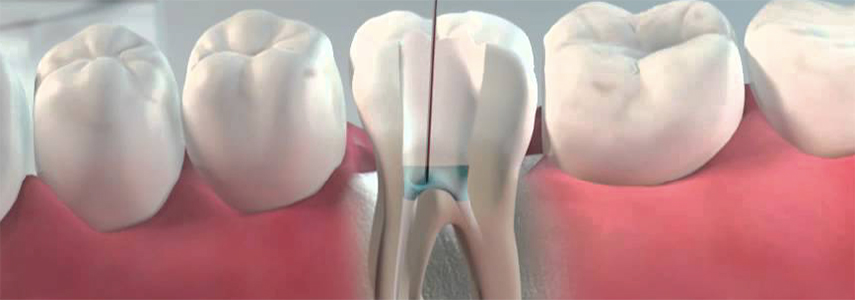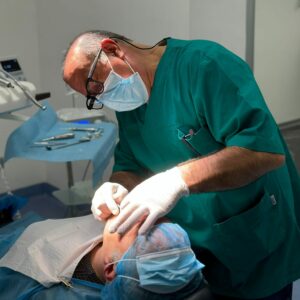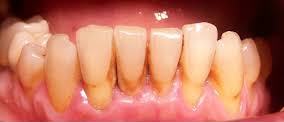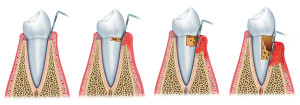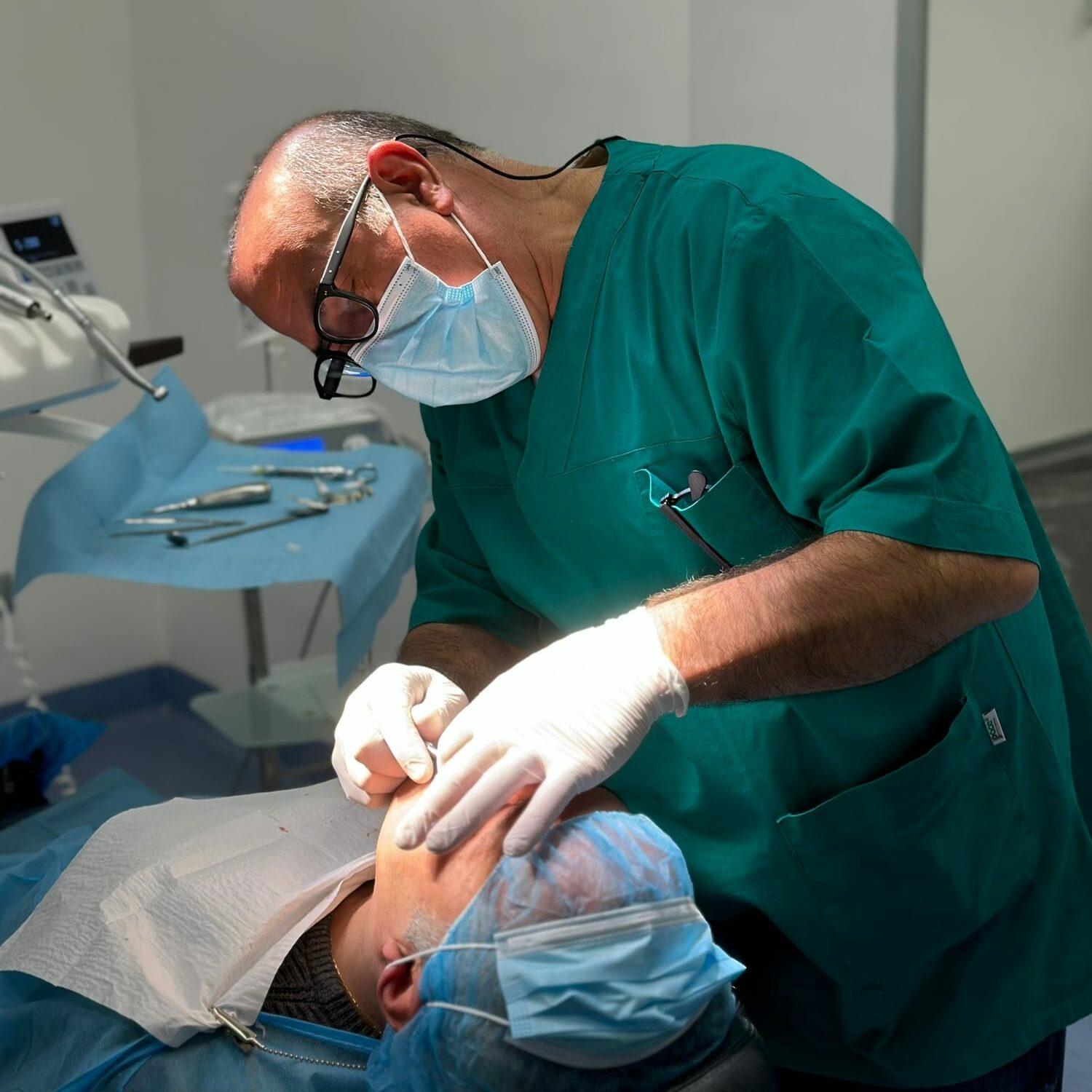The root canal treatment or more commonly devitalization is a dental treatment that preserves the tooth from a possible extraction and consists in the removal of the dental pulp or the part of tissue that is located in the center of the tooth.
When the pulp of the tooth is seriously damaged it is removed, the channels of the dental roots are shaped and cleaned and finally the empty part left by the removal of the pulp is filled with the appropriate material. Thanks to the root canal treatment, in addition to restoring the complete function of the tooth, the roots are isolated from possible bacteria.
What causes lead to damage to the dental pulp?
Dental pulp can become inflamed or infected due to several reasons, the most frequent are:
- Fracture or crack of the tooth
- Deep caries
- Persistent microtraumas (bruxism)
When the dental pulp is damaged, the bacteria begin to proliferate and cause a serious infection that degenerates into a dental abscess.
What symptoms manifest themselves?
If we experience one or more of the symptoms listed below, it is advisable to book a check-up at the dentist immediately because root canal treatment may be needed:
- persistent sensitivity to heat and cold
- pain in chewing
- swelling and pain in the gum near the tooth
- tooth pain when light pressure is applied
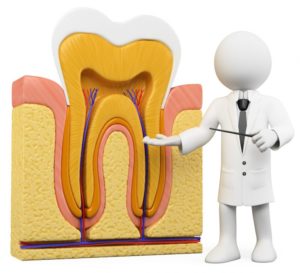 The dental pulp is not vital for the function of the tooth, its role is purely sensorial and allows us to feel the heat or the cold, for this reason the removal of the same through a root canal treatment can save the tooth without affecting its functioning .
The dental pulp is not vital for the function of the tooth, its role is purely sensorial and allows us to feel the heat or the cold, for this reason the removal of the same through a root canal treatment can save the tooth without affecting its functioning .
Early intervention can prevent the abscess from reaching the bone and causing the irreparable fall of the tooth.
How long does a root canal treatment last?
The first step of a root canal treatment is an intraoral radiography, i.e. a circumscribed radiological examination (with one or three teeth at most) and detailed which allows the dentist to have specific information on the exact shape and length of the roots of the tooth on which to carry out the therapy. root canal.
Then there are two intervention routes. The first, more traditional, requires that the dentist intervene on the tooth with hand tools or through the endodontic file and the turbine drill applying a local anesthesia to the patient. The dentist uses the turbine drill with rotating burs to access the pulp chamber and reach the root canal which the dentist will proceed to clean from the infected pulp with manual or rotating endodontic files. The next step is to disinfect and then proceed with filling with biocompatible natural resin and with antibacterial action.
The alternative to root canal treatment with traditional methods is the use of the laser. Through the use of the laser, the removal of the infected pulp and sterilization of the part can be carried out in a single solution, as the laser eliminates the proliferation of bacteria, the rest of the procedure remains unchanged.
Based on the specific needs of the patient, the dentist will be able to address the use of a traditional root canal treatment or the use of the laser, certainly making a choice based on the clinical history of each.




